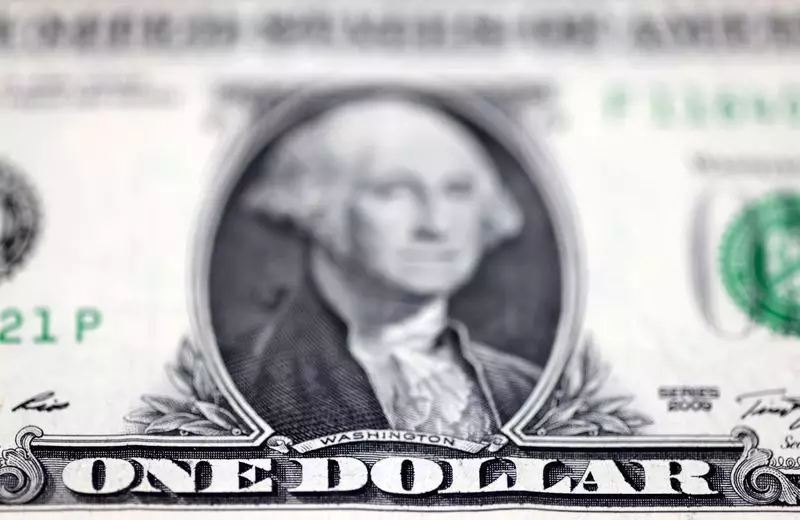The recent drop in the US dollar to a four-month low is a reflection of the impact of weaker than expected employment data for July. Employers added only 114,000 jobs, falling short of expectations for an increase of 175,000 jobs. The disappointing data has raised expectations that the Federal Reserve will cut interest rates by 50 basis points in September to stimulate the economy. This drop in the dollar index is the largest one-day percentage drop since November, indicating a significant market reaction to the news.
The market reaction to the weaker employment report was swift and significant. Traders are now pricing in a 71% probability that the Fed will cut rates by 50 basis points in September, up from 31% before the data was released. Additionally, more than 100 basis points of easing is now expected by year-end. This shift in expectations has contributed to the dollar’s decline against major currencies like the euro and the Japanese yen.
The softer jobs data, coupled with a weak manufacturing report and disappointing corporate earnings outlooks, have raised concerns about the state of the US economy. Despite Fed Chair Jerome Powell’s comments that interest rates could be cut as soon as September, there are fears that the economy is worsening at a faster pace than anticipated. This has led to increased market volatility and a flight to safe-haven assets like the Japanese yen and Swiss franc.
In addition to economic factors, geopolitical concerns have also contributed to market volatility. The funeral of Hamas leader Ismail Haniyeh in Qatar following his assassination in Iran’s capital Tehran has raised worries about a widening conflict in the Middle East. Safe-haven demand for currencies like the Swiss franc has increased amid the stock sell-off and geopolitical tensions, further impacting currency exchange rates.
The drop in the US dollar and increased market volatility have also impacted cryptocurrencies. Bitcoin, one of the most widely traded cryptocurrencies, fell by 1.20% to $63,885. The fluctuations in traditional currencies and financial markets can have a ripple effect on digital assets, adding to the overall uncertainty in the global economy.
The recent drop in the US dollar in response to weaker than expected employment data highlights the challenges facing the US economy. The implications of a potential interest rate cut by the Federal Reserve in September have led to increased market volatility and a flight to safe-haven assets. Geopolitical concerns and the impact on cryptocurrencies further add to the uncertainty in financial markets. Moving forward, investors will closely monitor economic indicators and geopolitical developments for insights into the health of the global economy and potential market trends.

